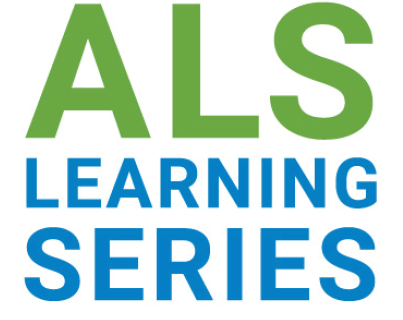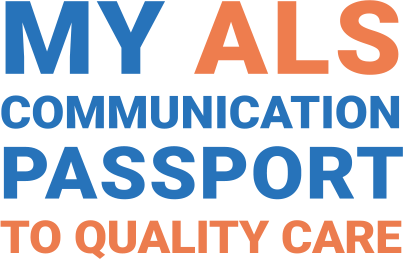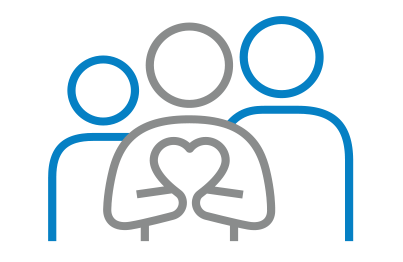ALS & Activities of Daily Living

How ALS may affect your daily activities
Reading all the sections at one time can be overwhelming. We highly recommend that you focus on the information that pertains to your present circumstances.
We created this information guide to help you navigate all the changes that may occur due to ALS. In this guide you will find information on devices that can help you complete your daily activities. Daily activities include eating and drinking, dressing, toileting, bathing, oral hygiene, grooming and recreation and sleep. This guide provides tips to make daily living a little easier, if you should need extra help.

Make a list of the different ways ALS is impacting you. Bring in your list to discuss with your ALS care team.
Tips for maintaining energy


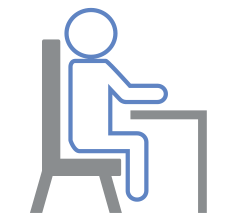


“This guide is intended to get your and your family’s heads pointed in the right direction to make every day the best it can be.
Focusing on the mental and emotional aspects of the diagnosis which are the first challenge to be met, followed by an array of products and services available, as necessary.”
– Bob, a person living with ALS
Occupational therapists and physical therapists
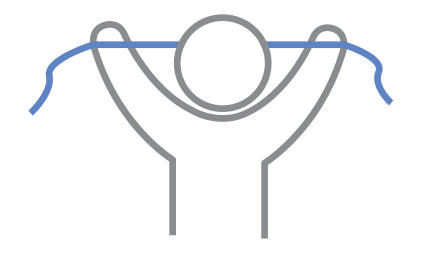
- Recommends adaptations, and devices for getting through your daily routine
- Provides education, training and possible financial resources for assistive devices
- Offers ways that you can continue to participate in activities that you enjoy

- Evaluates your strength, balance and coordination
- Introduces exercises, if appropriate
- Assesses your home for safety, adaptations and equipment needs
- Recommends adaptive mobility equipment.

You may need a written prescription from your doctor for evaluation and treatment from therapists. Check with your insurance company for information about insurance coverage.
Different types of adaptive equipment
Aids for Eating and Drinking
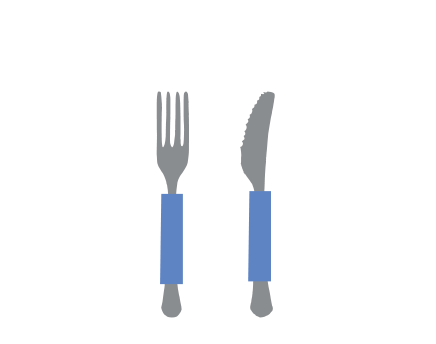
Built-up handles
Use foam tubing or wash-cloths on lightweight eating utensils for decreased grip.
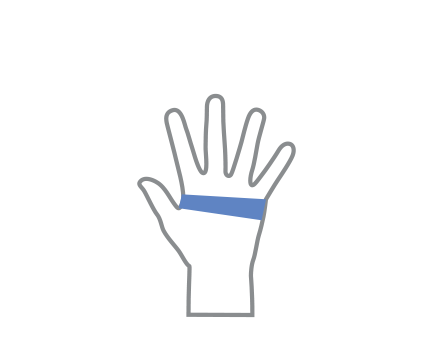
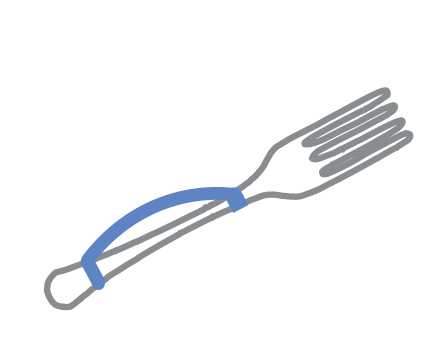
EaZyHold Silicone
Adaptive Aids
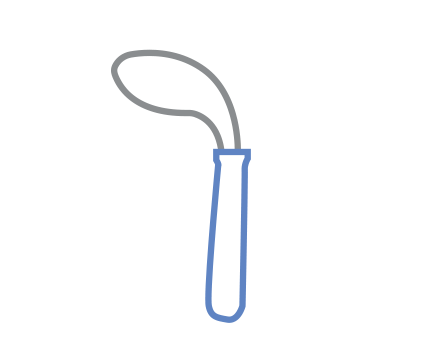
Offset spoon or fork that can be angled right or left
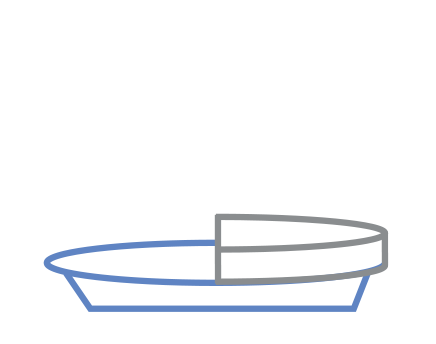
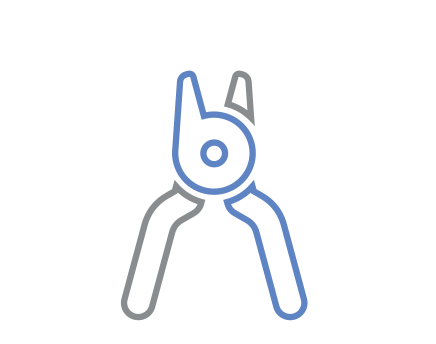
Small pliers
to open water bottles and jar openers
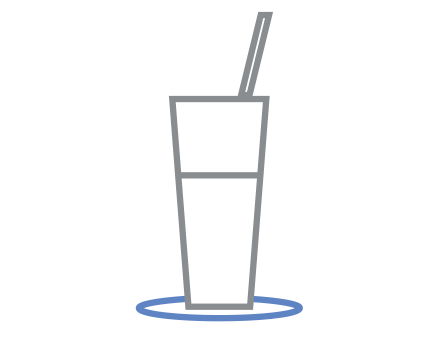
A non-slip disc; or Dycem,
a gel pad used to stabilize plates and cups on the table

Long rigid or flexible straws


Straw holder clip

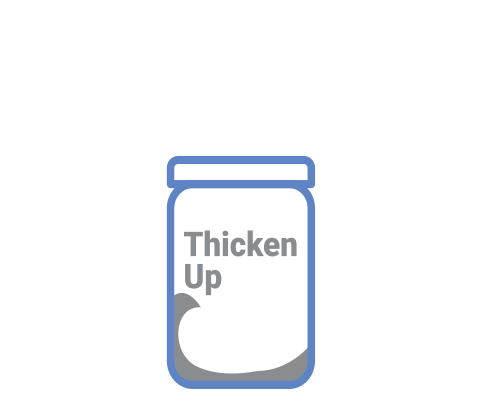
Food thickener
(Thick-It, Thick & Easy)

Nosey cup
provides space for the nose, allowing you to tilt the cup for drinking without bending the neck or tilting the head


Large handled cup
for hot and cold liquids
This allows four fingers to fit through the handle to increase stability.
Aids for Dressing

Velcro closures
for clothing and shoes
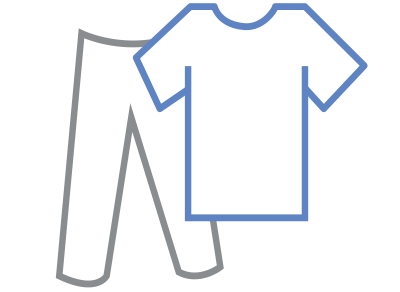
knit shirts and pull-on pants
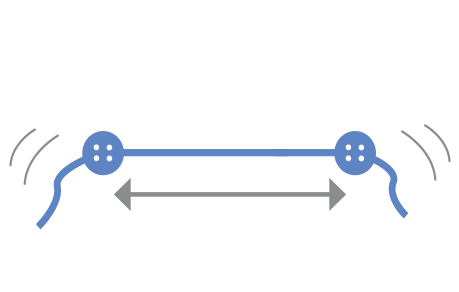
Elastic thread
for cuff buttons, elastic cuff links

Stretchy shoelaces
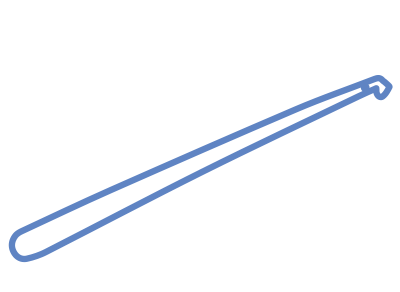
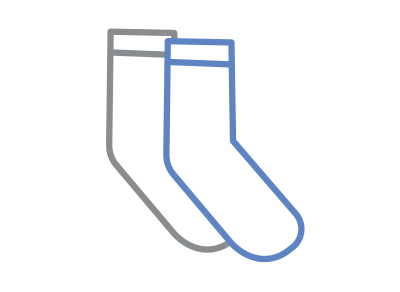
Fleece socks
for cold legs and feet
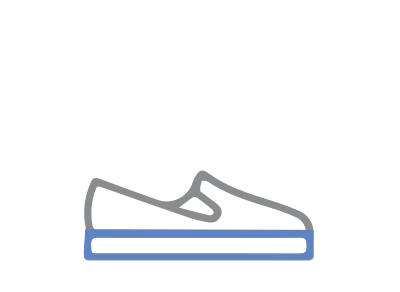
Slip-on or adaptive shoes
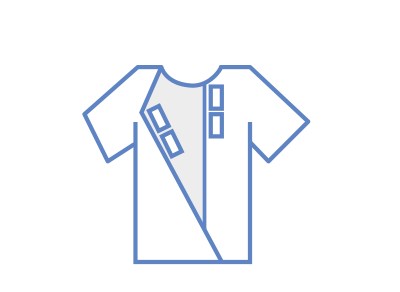
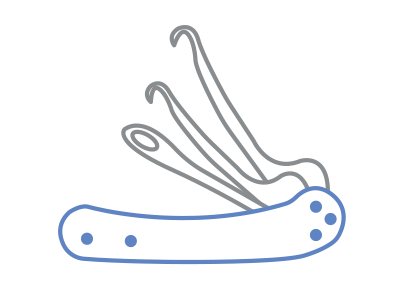
Pocket dresser
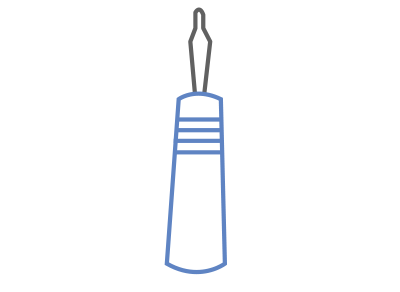
Buttonhook/zipper pull
combination tool

“I tend to think more in terms of systems, rather than individual devices. It was a combination of button hook, clip on suspenders and metal rings that allowed me to manage my pants” – Rob, a person living with ALS
For more information talk with others living with ALS and their caregivers to learn what has worked for them.
Aids for Toileting

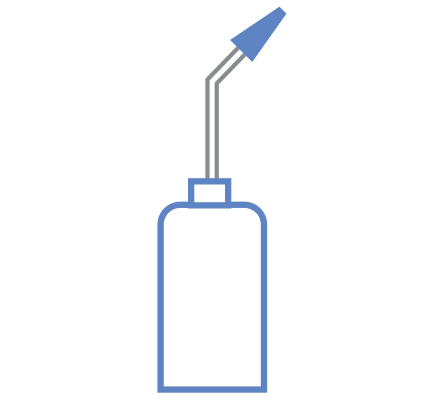
Toilet attachments for cleansing, such as portable handheld bidet or bidet washlet
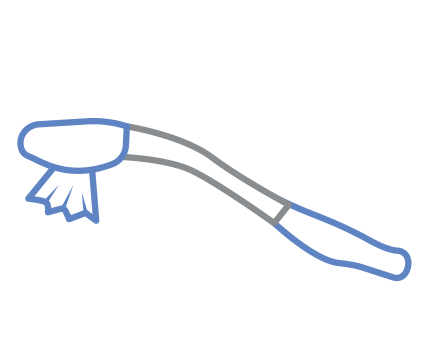

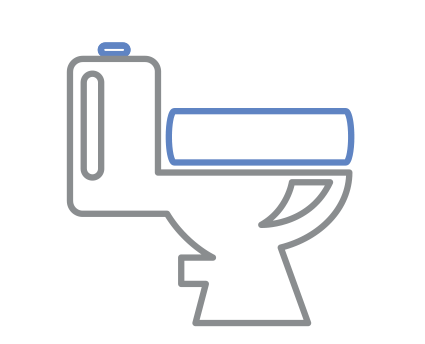
A raised toilet seat
fits snugly inside the rim of the toilet on most toilets. It can be removed easily when other family members use the toilet.
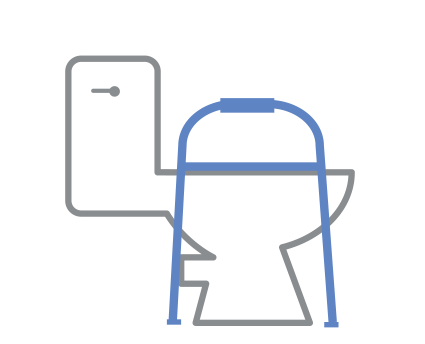
Place a standard
commode over the toilet
to provide a raised seat and armrests. You can use a portable commode with a bucket in place of a toilet. This will decrease the distance you have to move to reach the toilet as it can be located to a place near you.

A shower commode
chair on wheels
can be rolled over the toilet. This will provide a raised seat and armrests. It can alsobe used in the shower.
Talk to your ALS care team and get training before using some of these items for your and your caregiver’s safety.
Aids for Bathing
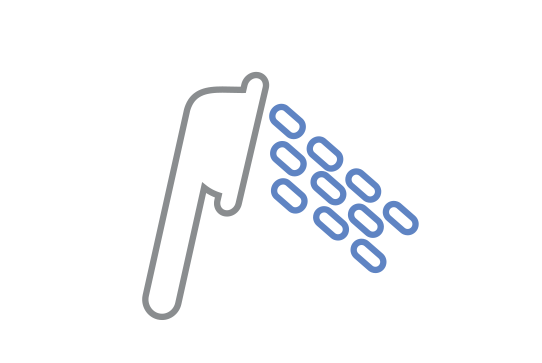

Pump shampoo/liquid soap
dispenser instead of a squeeze bottle

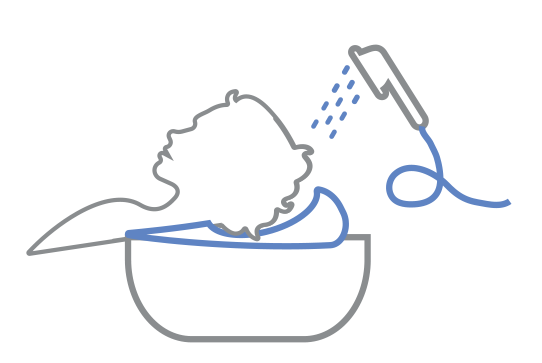
Shampoo tray
for hair washing out of the shower
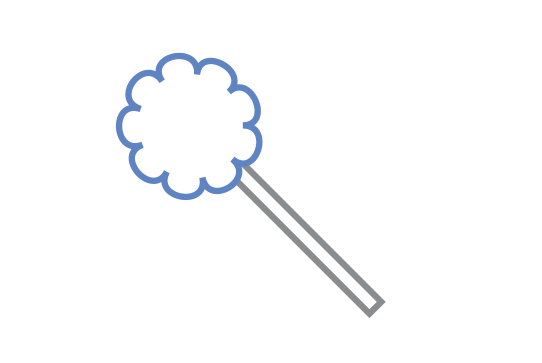

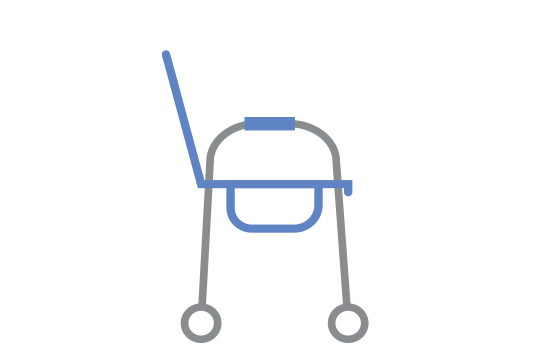
A shower commode chair
on wheels with brakes or wheel locks. Some commode chairs have tilt seats with headrests, reclining backs, or straight backs.
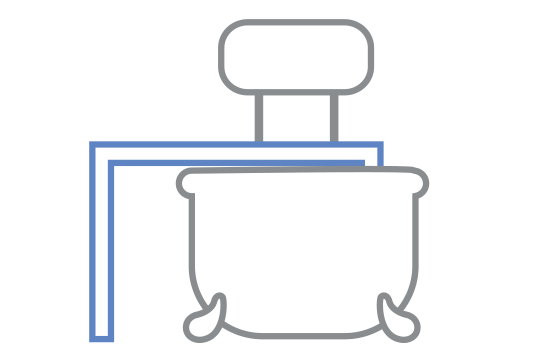
Tub transfer benches
are set up across the side of the tub. The benches can be plastic or padded. They must be used with tubs that do not have shower doors. Keep in mind the size of your bathroom when buying a bench.
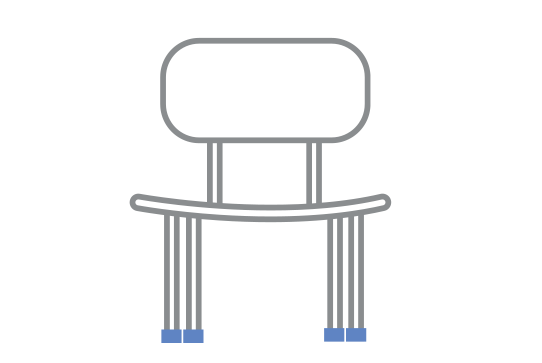
A shower chair
is a small seat that can be placed inside the tub. It can be used with tubs that have sliding glass doors. A shower chair can be used only if the patient can step into the tub.
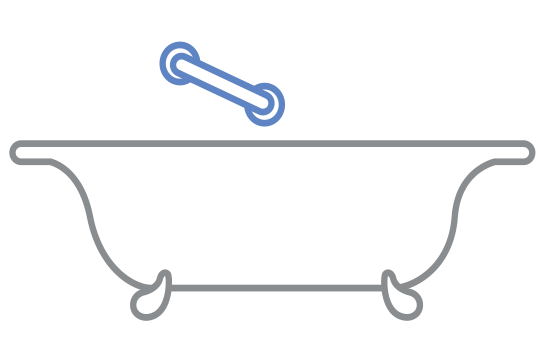
Grab bars
should be securely fastened on the shower wall for safety and support when getting in and out of the tub. Suction cup grab bars are available, but not recommended because they are less stable.

Tub rail
attach to the side of the tub for stability while climbing in and out of the bathtub, approximately 12 inches to 15 inches high.
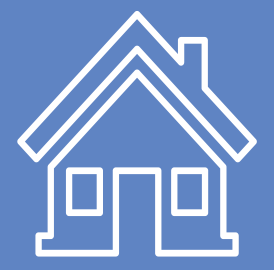
Aids for Oral Hygiene

Foam tubing
on your toothbrush handle
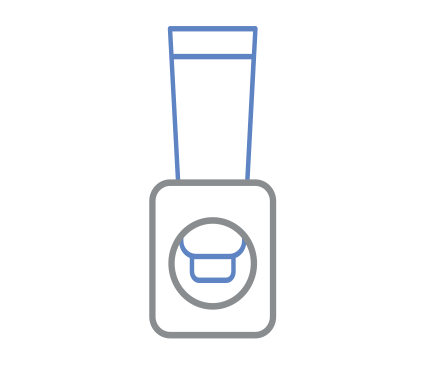
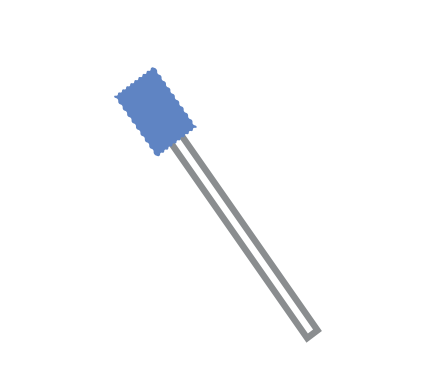
Disposable Dentips
for mouth cleaning
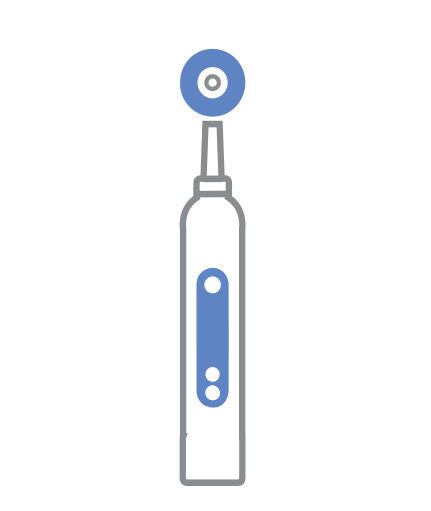
Electric toothbrush
with a rotary brush
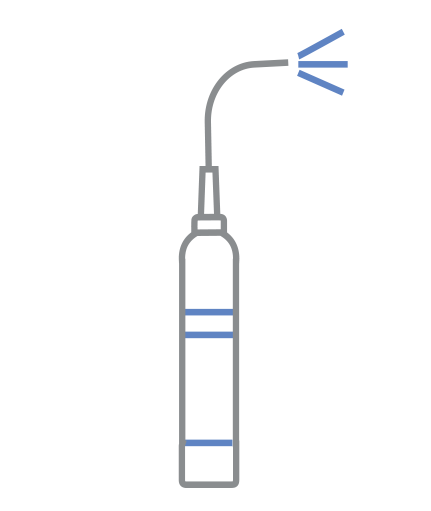
Electric flosser
and rinser (Waterpik)

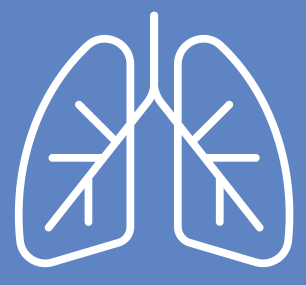
You may find it hard to blow your nose, keep your mouth clean, or remove extra saliva. These problems can lead to trouble with breathing. To learn more visit, lesturnerals.org/breathing
Aids for Grooming
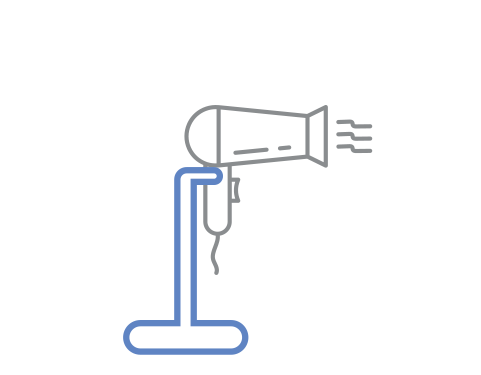
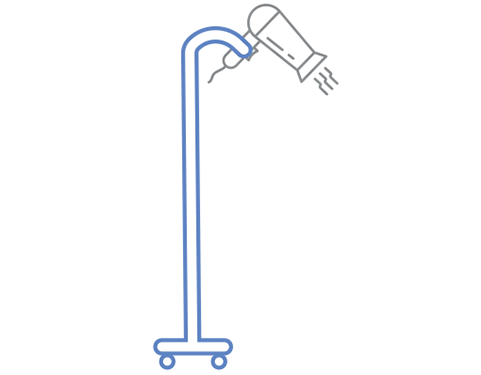
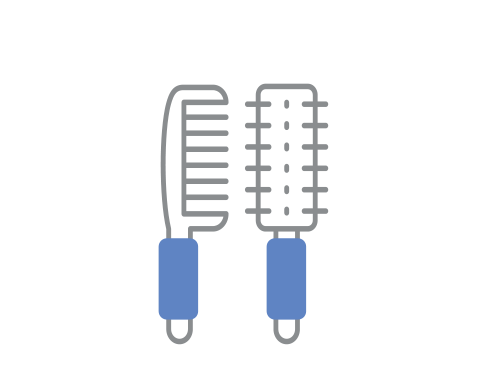
Foam tubing
on handles of comb and brush
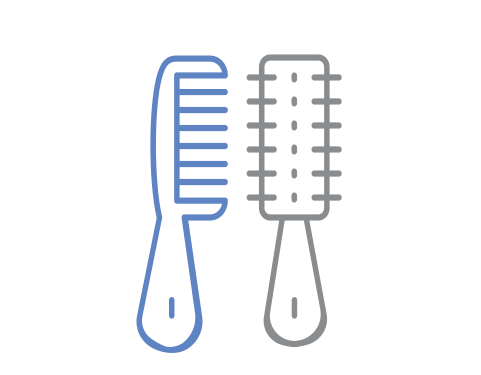
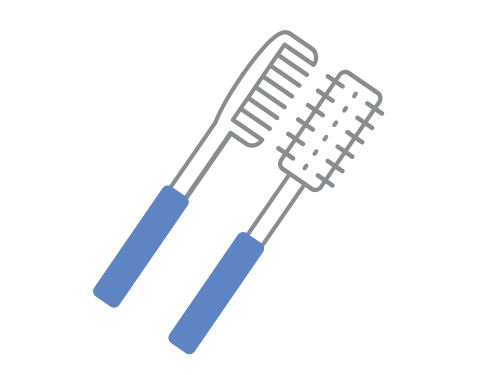

Nail brush with suction cups
to stick on the table or counter

Nail clippers
on stabilizing platform or board
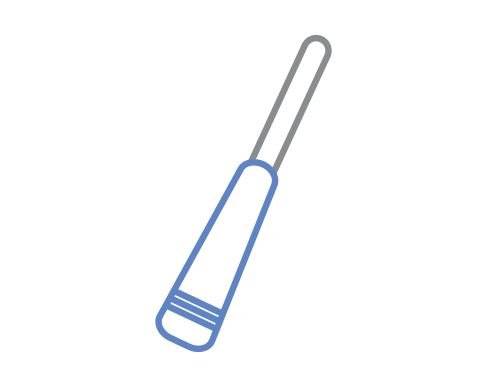

Foam tubing
on the handle of a razor

Aids for Recreation


Video games and computer games
played with adaptive controls
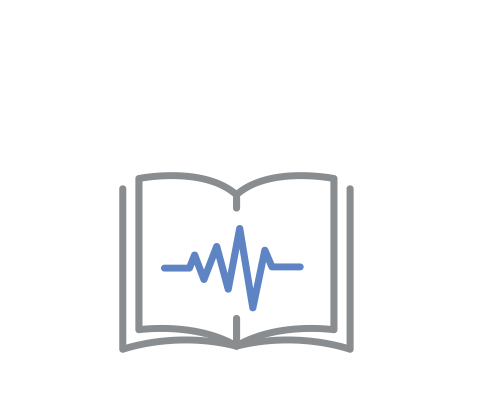

Page-turners
for physical books
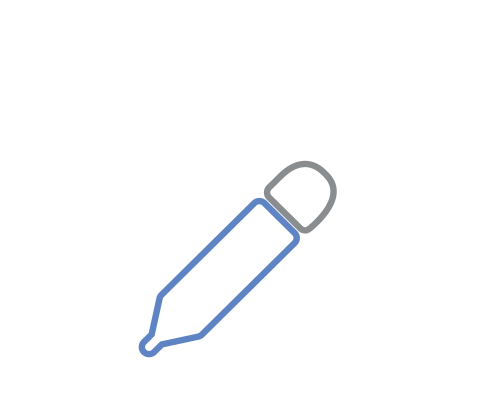
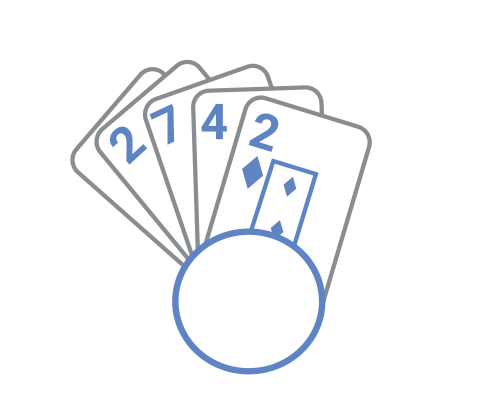


Rubber fingertips
for help in turning pages in books and magazines
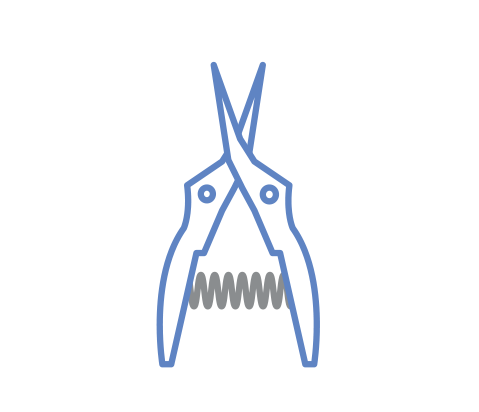
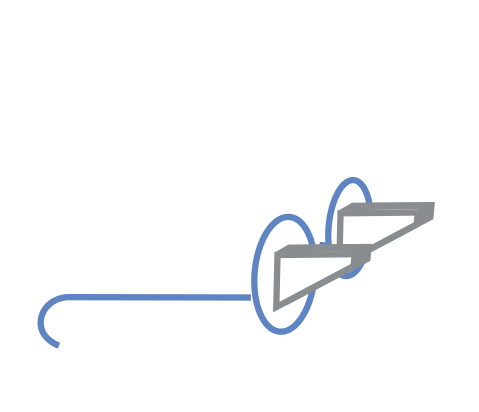
Prism glasses
for watching TV in a reclined position or when lying flat
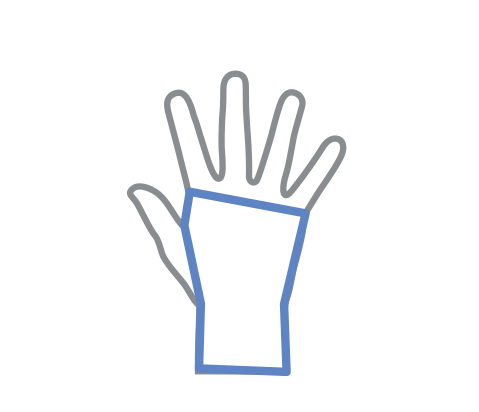
Hand and wrist braces
to support fishing rods
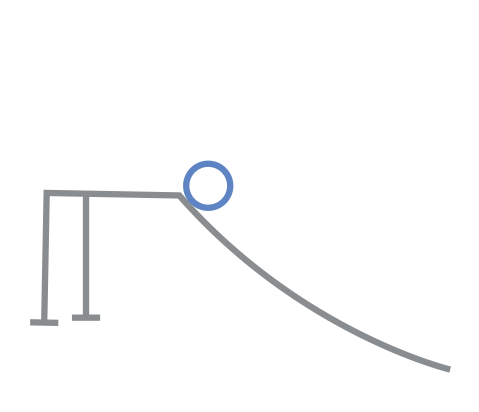
Bowling ball ramps
for standing or seated bowling
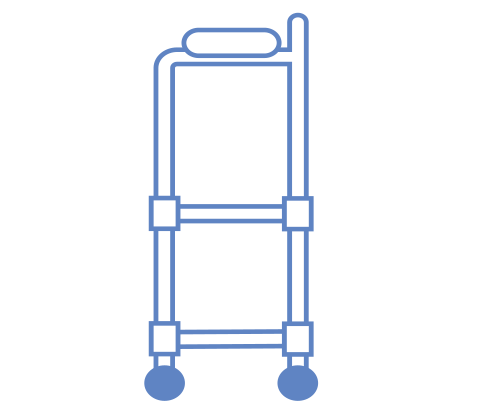
Water walker
for independent pool fun
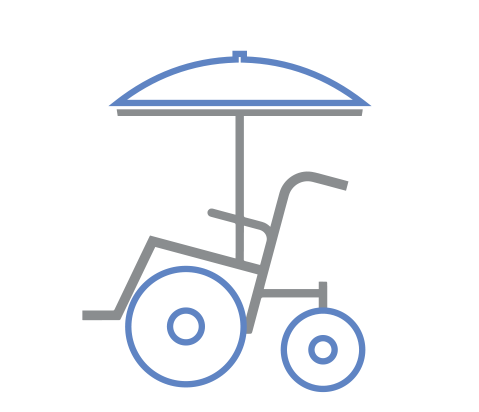
Beach wheelchair
to be able to enjoy the sun and san

Doors, keys and voice-activated house controls

Voice-activated house controls
(Google Home, Alexa, etc.) paired with smart items such as doorbells, light bulbs, outlets, and kitchen appliances.


Offset hinges
for doors that widen the doorway without reconstruction


Changing doorknobs
to lever handles or using lever adapters over knobs
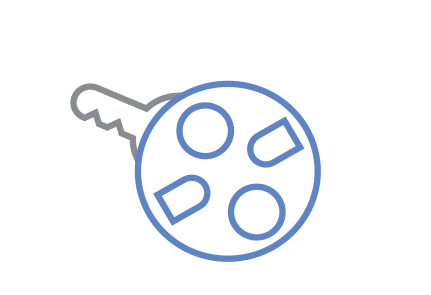
Hand Keyper
(key holder, tab lifter, letter opener, magnet, nail file
Braces, splints and slings
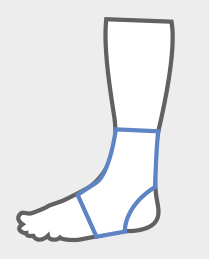
Types of neck orthoses include:


Splints and slings for arm and hand weakness
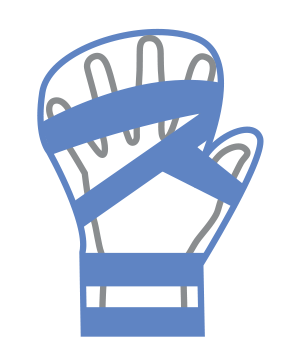
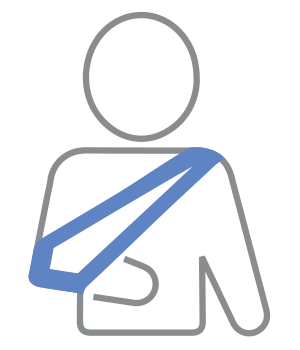


Posture support
Sleeping
Hospital Beds
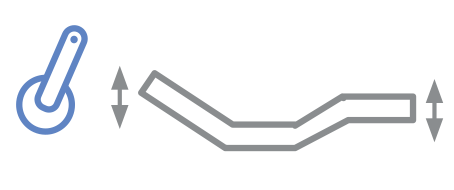
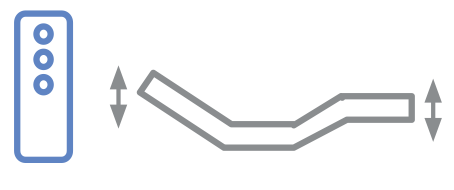
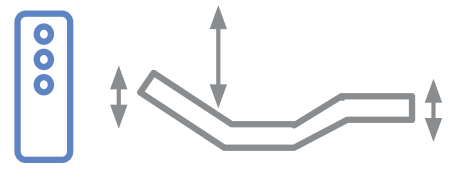
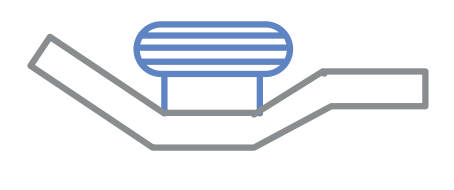
Modifying your own bed
Do I need pressure-relief pads or mattresses?

If you cannot move to relieve pressure on yourself, it is important that someone or a device help you relieve pressure.
Talk to your ALS care team to learn more about pressure relief and how to prevent skin break down
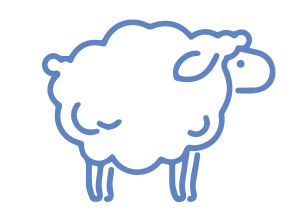

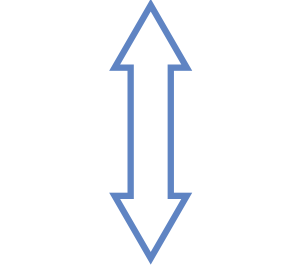



Learn more
ALS Learning Series
My ALS Communication Passport to Quality Care
Support Groups
Theses resources are made possible by a generous donation from the Gilbert & Jacqueline Fern Foundation and other donors to the Foundation.
Sign up for News and Updates
Get helpful resources and updates from the Les Turner ALS Foundation delivered straight to your inbox. You’ll receive information on additional decision tools to help you understand your treatment options and make the decision that's right for you, plus information on upcoming events, ALS research, clinical trials, and more.


